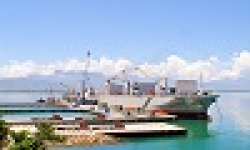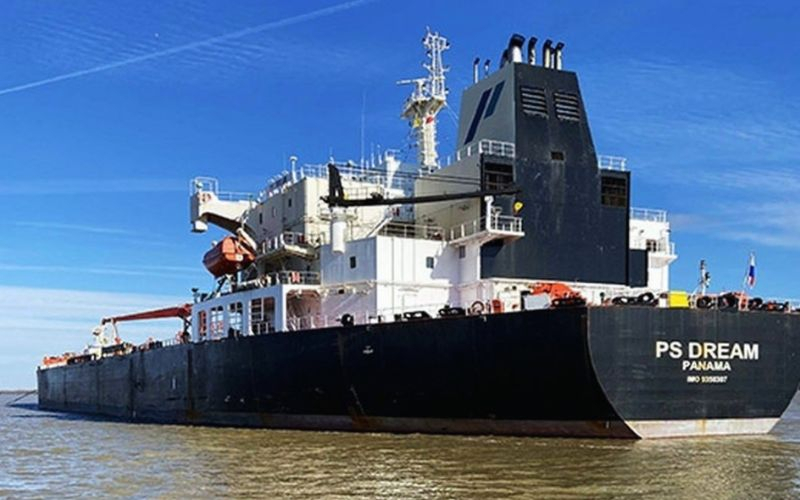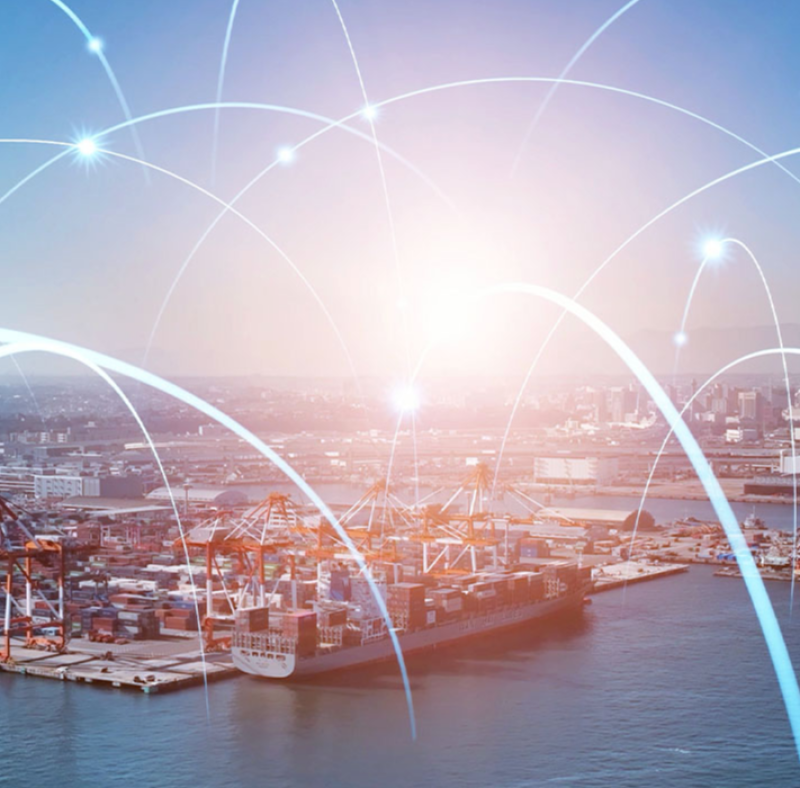
According to a NYK Line executive, U.S. allies Japan and South Korea would face difficulties in rapidly expanding their shipbuilding capacity to meet U.S. demand for alternatives under President Donald Trump’s proposed port fees on China-linked ships.
Japan’s shipyards are operating near full capacity, leaving little room for expansion until 2028, while shipbuilders in South Korea and the United States are grappling with financial constraints, said the Japanese shipping official.
China currently dominates the global shipbuilding market, accounting for over 50% of new shipbuilding orders by gross tonnage in recent years, bolstered by low labor costs, massive shipyard capacity, and significant government subsidies. Japan and South Korea, ranking third and second, respectively, together hold approximately 40% of the market.
South Korea has greater output (9.1 million CGT vs. Japan’s 4.8 million CGT) and a larger number of active shipyards, giving it a slight edge in absorbing additional demand. Japan’s capacity is more constrained, with fewer options for rapid expansion. South Korea is better positioned to challenge China’s dominance in high-value segments due to its scale and innovation focus, while Japan can compete in niche markets but struggles with volume and cost against China’s subsidized output.
As the United States seeks alternatives to reduce its reliance on Chinese shipbuilding, South Korea’s larger capacity and focus on advanced vessels could make it a viable short-term partner, despite financial and labor challenges. Nevertheless, both nations [South Korea and Japan] would struggle to ramp up quickly without strategic interventions, underscoring the need for a coordinated U.S. approach to bolster allied shipbuilding capabilities.
Despite these developments, the risk situation in the South China Sea increases with recent Chinese naval exercises forcing South Korea to adopt a more energetic stance.
Reuters posted that recently, South Korea established a “reciprocal” platform in a contested area of the Yellow Sea, locally referred to as the West Sea. This move comes in response to China’s construction of numerous structures in the same area, according to South Korean Oceans Minister Kang Do-hyung.
While China claims these structures are merely fish-farming equipment, their presence has sparked significant concern in Seoul. There are fears that Beijing might be attempting to assert claims in the Provisional Maritime Zone, a region where the exclusive economic zones of the two nations [China and South Korea] overlap.
Members of South Korea’s ruling People Power Party voiced their concerns, labeling the Chinese constructions a “direct challenge to marine security” and called for a more robust response from their government.
Responding to these developments, a spokesperson from the Chinese embassy in Seoul dismissed some of the reports about the structures as inaccurate and stated that these installations do not breach any existing agreements.
It is evident that the Chinese People’s Liberation Army Navy (PLAN) has been increasingly active in conducting naval exercises across key maritime regions, including areas near the Yellow Sea, reflecting its growing maritime ambitions.
These naval exercises, alongside China’s construction of structures in the Provisional Maritime Zone, have intensified security concerns in Seoul and Tokyo, potentially driving both nations toward more assertive policies, something highly relative to their shipbuilding industries.
Such developments highlight the tendency of key Asian shipping nations to bolster their cooperation with the United States in an attempt to contain Chinese maritime influence, which spreads in a lot of dual-use ports and dominates shipping routes.
It is indicative that the maritime competition will involve both commercial and military aspects, as well as a number of partner nations in the Indo-Pacific, primarily India, South Korea, Japan and the Philippines, as the United States seeks to establish a cooperative complex to compete against the growing Chinese presence.





























